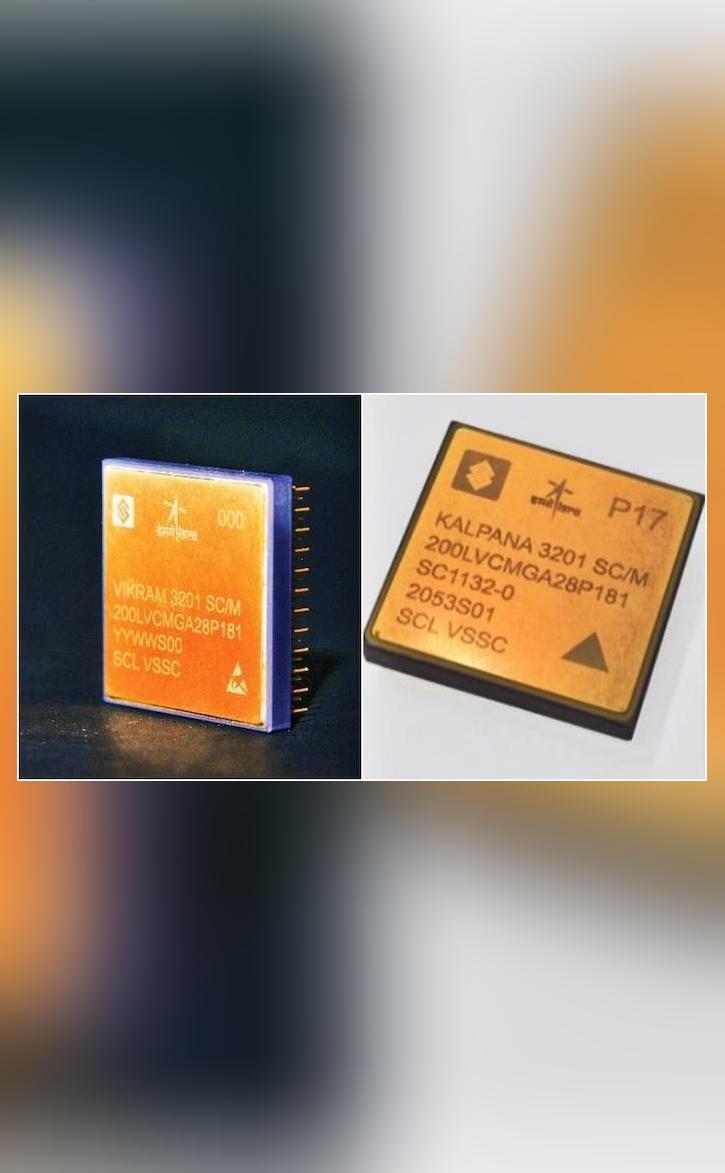
ISRO & SCL Develop 32-bit Microprocessors for Space Applications
In a significant achievement for the Indian space industry, the Indian Space Research Organisation (ISRO) and the Semiconductor Laboratory (SCL) in Chandigarh have jointly developed two 32-bit microprocessors, VIKRAM3201 and KALPANA3201. These microprocessors have been designed specifically for space applications, marking a major milestone in the development of indigenous space technology in India.
The VIKRAM3201 microprocessor is particularly noteworthy, as it is the first fully “Make-in-India” 32-bit microprocessor to be qualified for use in the harsh environmental conditions of launch vehicles. This achievement is a testament to the capabilities of Indian researchers and engineers, who have worked tirelessly to develop a microprocessor that can withstand the extreme temperatures, vibrations, and radiation encountered during space travel.
The development of the VIKRAM3201 and KALPANA3201 microprocessors is a significant step forward for the Indian space industry, as it enables the country to reduce its dependence on foreign technology and develop its own indigenous capabilities in space exploration. The microprocessors are designed to be used in various space applications, including launch vehicles, satellites, and space stations.
The VIKRAM3201 microprocessor is a 32-bit RISC (Reduced Instruction Set Computing) processor, which is designed to provide high performance and low power consumption. It has a clock speed of 32 MHz and a power consumption of 1.2 Watts. The processor has a large cache memory of 16 KB and a memory bandwidth of 32 bits. It also has a number of features that make it suitable for use in space applications, including error detection and correction, multiple clock domains, and a high degree of fault tolerance.
The KALPANA3201 microprocessor, on the other hand, is a 32-bit ARM-based processor, which is designed to provide high performance and low power consumption. It has a clock speed of 32 MHz and a power consumption of 1.2 Watts. The processor has a large cache memory of 16 KB and a memory bandwidth of 32 bits. It also has a number of features that make it suitable for use in space applications, including error detection and correction, multiple clock domains, and a high degree of fault tolerance.
The development of the VIKRAM3201 and KALPANA3201 microprocessors is a significant achievement for the Indian space industry, as it enables the country to develop its own indigenous capabilities in space exploration. The microprocessors are designed to be used in various space applications, including launch vehicles, satellites, and space stations. They are also designed to be highly reliable and fault-tolerant, making them suitable for use in the harsh environmental conditions of space.
The development of the VIKRAM3201 and KALPANA3201 microprocessors is a testament to the capabilities of Indian researchers and engineers, who have worked tirelessly to develop a microprocessor that can withstand the extreme temperatures, vibrations, and radiation encountered during space travel. The achievement is also a significant step forward for the Indian space industry, as it enables the country to reduce its dependence on foreign technology and develop its own indigenous capabilities in space exploration.
In conclusion, the development of the VIKRAM3201 and KALPANA3201 microprocessors is a significant achievement for the Indian space industry, as it enables the country to develop its own indigenous capabilities in space exploration. The microprocessors are designed to be used in various space applications, including launch vehicles, satellites, and space stations. They are also designed to be highly reliable and fault-tolerant, making them suitable for use in the harsh environmental conditions of space.






